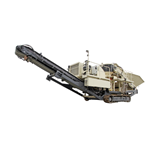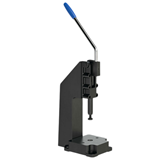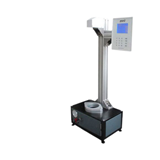Ai Group Chief Executive Innes Willox said: "The Australian PMI® rebounded in August on the cusp of two years of uninterrupted expansion. The manufacturing sector has confounded doubters in recent years by lifting employment and production but significant headwinds from energy costs and more recently, drought conditions flowing along supply chains, continue to see input costs rise for manufacturers. Food and beverage manufacturers are reporting disrupted supply and higher prices for a range of agricultural inputs, while manufacturers operating in the metals and machinery & equipment sub-sectors who sell to the agricultural sector or its supply chain are reporting reduced sales. An exception is that drought conditions are also lifting meat production as farmers destock. More positively, all seven sub-activity indexes indicated expanding conditions in August and with new orders continuing to come in at growing levels, the immediate outlook is for further growth in manufacturing production and employment," Willox said.
Australian PMI®: Key Findings for August:
- The Australian PMI® has indicated positive conditions (results above 50 points) for 23 consecutive months – the longest run of recovery or expansion since 2005.
- All seven activity sub-indexes in the Australian PMI® expanded in August (see table below). Six of the seven sub-indexes accelerated, with only inventories decelerating (down 3.6 points to 51.1). New orders grew strongly (up 8.5 points to 59.6) while exports, lower than the other activity sub-indexes over the past year, jumped 8.5 points to 58.4.
- Five of the eight manufacturing sub-sectors expanded in August (trend data*), with expansions in food & beverages, wood & paper products, chemicals, non-metallic minerals (building materials) and machinery & equipment. The metal products sub-sector was broadly stable at 49.3, with many respondents reporting slowing demand and stronger off-shore competition.
- The input prices sub-index jumped 9.3 points to 77.4, its highest result since March 2011, while wages also continued to rise (up 4.1 points to a record high of 64.7). In response, the selling prices sub-index rose by 5.1 points to 58.1 – the highest result for this sub-index since April 2017.
Want to comment on this topic? Click 'Have Your Say' and add your thoughts.









